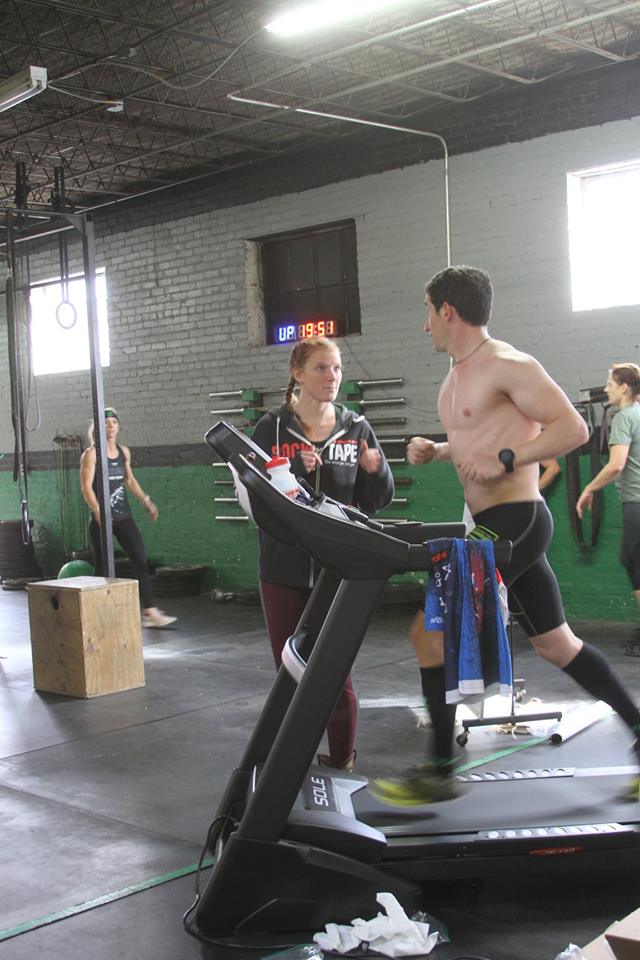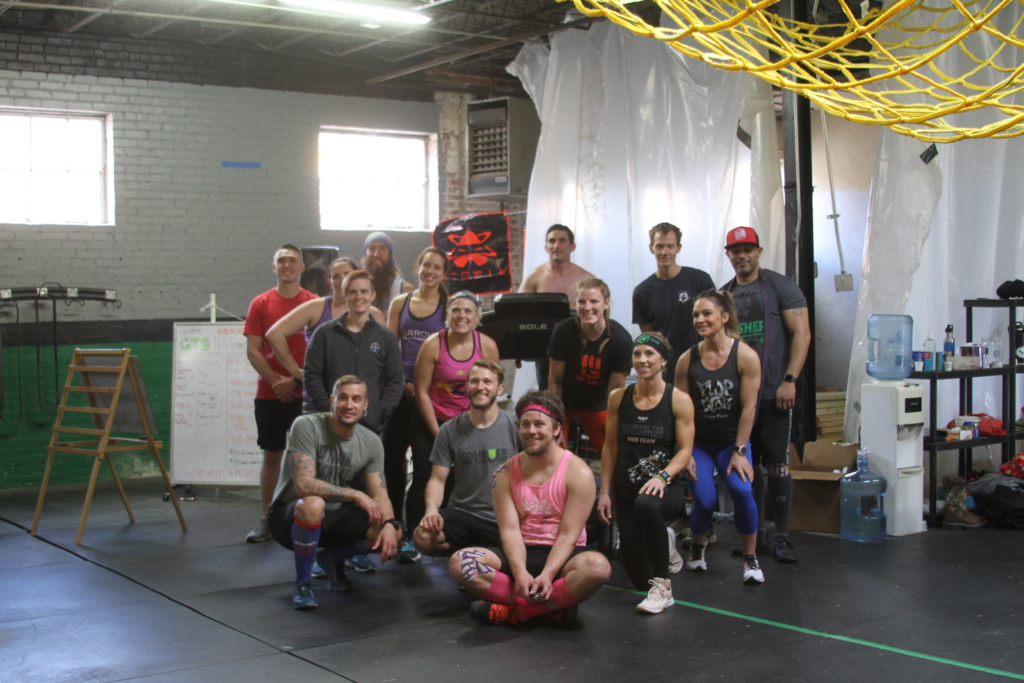OCRmill 24: Lessons You Can Apply to Your Own Training
Author: Evan Perperis
Go to Source
The weekend of February 23-24 I ran OCRmill 24, a 24-hour charity fundraiser for Folds of Honor. I would run a mile on a treadmill, get off to do four obstacles and get back on the treadmill. This pattern would repeat itself for 24 hours and I would log 85 miles, complete 340 obstacles and raise more than $2000 for charity. While your goals for this season may not involve anything quite this intense, here are some lessons I learned that any OCR athlete can apply to their training.
1) Expectation and mindset are important:
“I can’t even run 5 miles on a treadmill” is what many people tell me. Well, expectations play a huge role in your ability to run long whether it is on a treadmill, on the trail or road. If you go into a run expecting to run long, it tends not to feel as bad as if you suddenly got lost and had to run twice as far as you were expecting.
When going for a treadmill run, plan how far your run is before you get on the treadmill. Despite doing multiple endurance runs on a treadmill (I’ve also run a marathon treadmill in Samarra, Iraq in 2006 and another marathon treadmill in Baghdad, Iraq in 2011), when I get on for a five-mile run it still tests my patience because my expectations are set differently.
2) OCRmill is a great way to develop obstacle specificity:
Some obstacles you seem to always give athletes trouble. Doing your own mini-OCRmill can help you develop proficiency on that obstacle. At an OCR/ninja gym like Otherworld OCR, Ninjakour or in some cases in your garage (where my treadmill and home OCR gym is), you can run ¼ mile, get off the treadmill and do the obstacle and repeat. You don’t need to do 24 hours but you can build up a lot of repetitions without leaving the gym, with an elevated heart rate and with lots of obstacle specific work. I recommend running easy if you are trying to develop obstacle proficiency first and then ramp up the running pace (so it is more like speed intervals) as you get better at whatever obstacle is giving you trouble. (Something I recommend in my book Strength & Speed’s Guide to Elite OCR)
3) Develop the neurological pathway for success:
On some obstacles despite fatigue setting in both mentally and physically I actually got better at them. The repetitive motion of completing the same task over and over made me more efficient. Not groundbreaking stuff here but the old saying of “practice makes perfect” applies here. If you want to get better at a specific obstacle, give yourself a lot of repetitions on that obstacle.
I know some people like to use multi-lapping normal OCRs for training for specific obstacles. The benefit of your own private OCRmill is that you practice the same obstacle over and over again. It digs that neurological pathway deep into your body increasing proficiency without tiring you from other obstacles you might find easy.
4) Practice your fueling:
I’ve got a plan that works for me using just Hammer Nutrition’s liquid fuel line (Perpetuem, Heed and Gels) to fuel my endurance races. It’s the same plan every time and it works without causing stomach problems every time. This fueling has been refined through practice and racing and remains one of the reasons I tend to perform so consistently in Ultra-OCR.
5) Recovery is important:
You can’t perform at your best without the proper recovery. After World’s Toughest Mudder (WTM) I took an abbreviated off-season so I could train for OCRmill 24. I did almost no running the month after WTM hoping to recover faster so I could build back up for this event. I’ve used InsideTracker to give me scientific facts on my recovery rather than trying to play guessing games. Their programs provide up to 42 biomarkers, taking the guesswork out of performance.
For me personally, a 24 hour OCR in February is too early in the season. However, there are ways to mitigate and speed recovery. I wore my OOFOS recovery shoes or sandals for the week after the event to help speed the process. Plus, I have a Compex Electrical Muscle Stimulator (EMS) device that helps circulate blood and speed recovery without having to put additional stress on my joints through something like a light jog.
Hopefully, you can learn something from my self directed experiments in the world of Ultra-OCR. If you want to find out more, pick up the only book available on endurance obstacle course racing, Mud Run Guide’s Ultra-OCR Bible. If you haven’t donated to Fold’s of Honor, please do so now, we are going to shut the fundraiser down in a couple of dates (donate here). Thanks again for your support.
Pictures provided by Amy Perperis of Strength & Speed
The post OCRmill 24: Lessons You Can Apply to Your Own Training appeared first on Mud Run, OCR, Obstacle Course Race & Ninja Warrior Guide.





